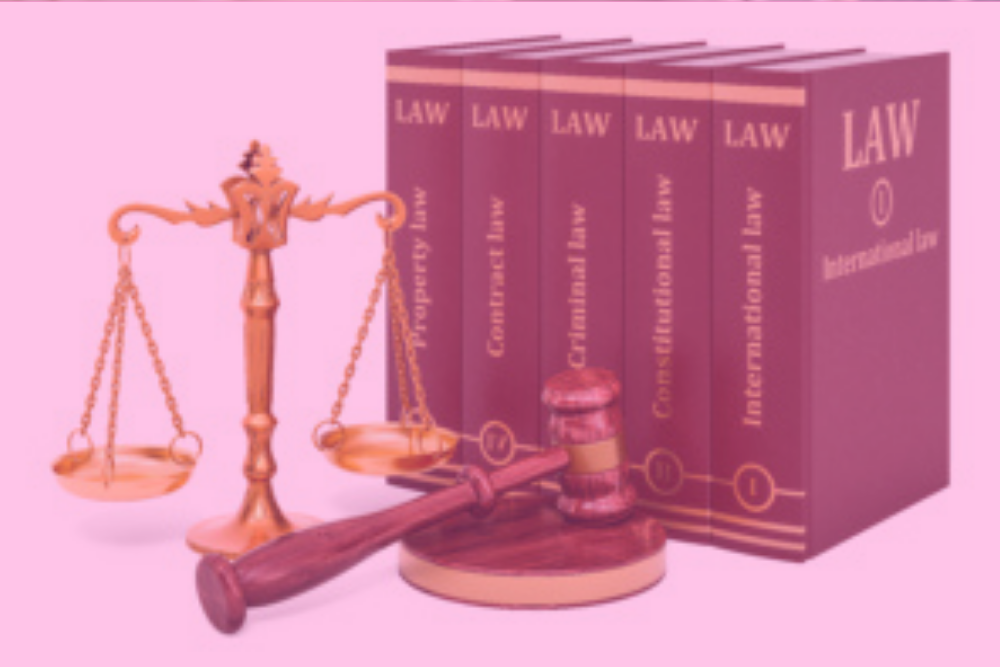Family law proceedings, especially property settlement and parenting matters, are complex and emotionally charged issues. These matters can be further complicated when one or both parties face bankruptcy during these proceedings. Under the Bankruptcy Act 1966, bankruptcy is a legal status declared by someone when they are unable to repay their debts as they fall due. Bankruptcy can occur voluntarily if the person files a debtor’s petition to the relevant court, or involuntarily, if a creditor makes an application to the court that effectively makes the debtor bankrupt.
Non-vested and vested property
During a bankruptcy, the Australian Financial Security Authority will appoint a trustee to take control of the bankrupt estate. When a trustee assumes control of a bankrupt’s property, some assets are excluded and are retained by the bankrupt party (including superannuation funds, most motor vehicles, household goods, and trade tools under a certain value). These assets are described as “non-vested”.
In addition, property solely owned by the spouse of a bankrupt person is safe from bankruptcy. However, if a bankruptee transfers property to their spouse in an attempt to defeat creditors, the trustee can claw back these transactions. In fact, the trustee can even apply to have property orders set aside or varied if the order was intended to defeat the rights of the bankrupt’s creditors, or was made in reckless disregard for these creditors.
In most cases of bankruptcy, the trustee will liquidate the “vested assets” and distribute funds to creditors according to a particular order of priority. This approach gives priority to secured creditors, such as banks that hold a mortgage secured against real estate, while unsecured creditors often receive nothing from a bankrupt estate.
Bankruptcy in family law matters
The Federal Circuit and Family Court of Australia (“the court”) has jurisdiction over both bankruptcy and family law. This means that this court has the jurisdiction to fully deal with a bankrupt party about property settlements, declaration on interest in property, spousal and de facto maintenance, setting aside property orders, and enforcement of these legal matters.
A bankrupt party must notify the that they are bankrupt at the commencement of a family law matter. If a party becomes bankrupt after the commencement of the proceeding, they must immediately inform the court. If the parties commence a divorce and then file for bankruptcy, the court may impose an automatic stay on the divorce proceedings, which means they are temporarily halted while the bankruptcy case is resolved.
Under the Family Law Act 1975, a trustee in bankruptcy must be served with all relevant documents in a family law proceeding and allowed to take part in the proceedings. If the trustee does choose to join the family law proceedings as a party, the bankrupt party will probably lose standing to make any submissions about vested property but will likely retain the right to make submissions on non-vested property (such as superannuation, motor vehicles, and property in the spouse’s name). Should the trustee choose not to join the matter, the family law matter will proceed as usual with the spousal parties.
Former spouse as creditor
When a party to a family law matter is made bankrupt, it is quite possible that their former spouse could be a creditor against their estate. This would happen if, for instance, some of the assets that are being vested in the bankruptcy would otherwise transfer to the spouse as part of a property settlement, or if the spouse has an equitable interest in property legally owned by the bankrupt individual. In such cases, the spouse can apply for an injunction to restrain the trustee from distributing dividends to creditors before the property settlement is finalised.
It is important to note that a spouse does not automatically take precedence over other creditors in a case of bankruptcy. Instead, the court can use its jurisdiction over both bankruptcy and family law to examine the situation and determine the priority of creditors to be paid. In this process, the court can consider each person’s involvement in acquiring assets and debts, including whether the parties acted recklessly or negligently, the future financial needs of the parties and their children, and whether the parties made frank disclosures of their financial position.
The court can still make a spousal maintenance or child support order against a bankrupt person. In that circumstance, the payments are added to the debts of the bankruptee. The non-bankrupt party can enforce the debt through a court proceeding, if necessary, with the funds recovered through deductions from wages or interception of taxation refunds.
When individuals face financial hardship, it can significantly impact their personal lives and familial relationships. It is therefore not surprising that some individuals who face bankruptcy have also found themselves involved in family law proceedings.
Having assistance on your side can make all the difference to the outcome. Please contact or phone Taylor Rose on 1800 491 469 for any advice or legal representation.




